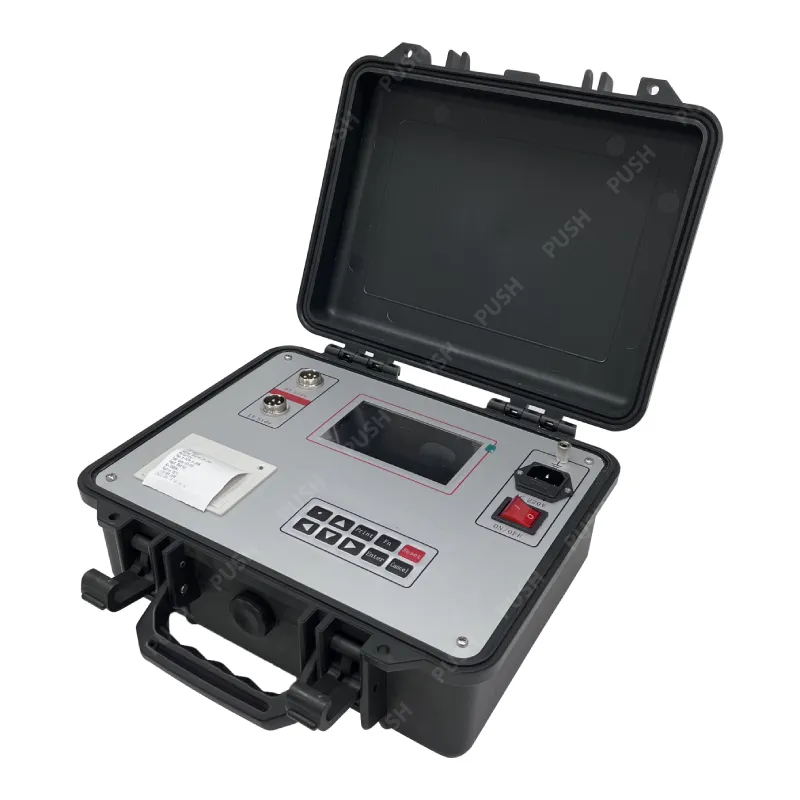 English
English



-
 Afrikaans
Afrikaans -
 Albanian
Albanian -
 Amharic
Amharic -
 Arabic
Arabic -
 Armenian
Armenian -
 Azerbaijani
Azerbaijani -
 Basque
Basque -
 Belarusian
Belarusian -
 Bengali
Bengali -
 Bosnian
Bosnian -
 Bulgarian
Bulgarian -
 Catalan
Catalan -
 Cebuano
Cebuano -
 China
China -
 China (Taiwan)
China (Taiwan) -
 Corsican
Corsican -
 Croatian
Croatian -
 Czech
Czech -
 Danish
Danish -
 Dutch
Dutch -
 English
English -
 Esperanto
Esperanto -
 Estonian
Estonian -
 Finnish
Finnish -
 French
French -
 Frisian
Frisian -
 Galician
Galician -
 Georgian
Georgian -
 German
German -
 Greek
Greek -
 Gujarati
Gujarati -
 Haitian Creole
Haitian Creole -
 hausa
hausa -
 hawaiian
hawaiian -
 Hebrew
Hebrew -
 Hindi
Hindi -
 Miao
Miao -
 Hungarian
Hungarian -
 Icelandic
Icelandic -
 igbo
igbo -
 Indonesian
Indonesian -
 irish
irish -
 Italian
Italian -
 Japanese
Japanese -
 Javanese
Javanese -
 Kannada
Kannada -
 kazakh
kazakh -
 Khmer
Khmer -
 Rwandese
Rwandese -
 Korean
Korean -
 Kurdish
Kurdish -
 Kyrgyz
Kyrgyz -
 Lao
Lao -
 Latin
Latin -
 Latvian
Latvian -
 Lithuanian
Lithuanian -
 Luxembourgish
Luxembourgish -
 Macedonian
Macedonian -
 Malgashi
Malgashi -
 Malay
Malay -
 Malayalam
Malayalam -
 Maltese
Maltese -
 Maori
Maori -
 Marathi
Marathi -
 Mongolian
Mongolian -
 Myanmar
Myanmar -
 Nepali
Nepali -
 Norwegian
Norwegian -
 Norwegian
Norwegian -
 Occitan
Occitan -
 Pashto
Pashto -
 Persian
Persian -
 Polish
Polish -
 Portuguese
Portuguese -
 Punjabi
Punjabi -
 Romanian
Romanian -
 Russian
Russian -
 Samoan
Samoan -
 Scottish Gaelic
Scottish Gaelic -
 Serbian
Serbian -
 Sesotho
Sesotho -
 Shona
Shona -
 Sindhi
Sindhi -
 Sinhala
Sinhala -
 Slovak
Slovak -
 Slovenian
Slovenian -
 Somali
Somali -
 Spanish
Spanish -
 Sundanese
Sundanese -
 Swahili
Swahili -
 Swedish
Swedish -
 Tagalog
Tagalog -
 Tajik
Tajik -
 Tamil
Tamil -
 Tatar
Tatar -
 Telugu
Telugu -
 Thai
Thai -
 Turkish
Turkish -
 Turkmen
Turkmen -
 Ukrainian
Ukrainian -
 Urdu
Urdu -
 Uighur
Uighur -
 Uzbek
Uzbek -
 Vietnamese
Vietnamese -
 Welsh
Welsh -
 Bantu
Bantu -
 Yiddish
Yiddish -
 Yoruba
Yoruba -
 Zulu
Zulu
Essential Tools for Accurate and Efficient Titration in Laboratory Settings
The Importance of Titration Equipment in Chemistry
Titration is a fundamental laboratory technique in chemistry used to determine the concentration of an unknown solution by reacting it with a titrant of known concentration. This analytical process is pivotal in various fields, including pharmaceuticals, environmental science, food and beverage quality control, and research and development. However, the accuracy and reliability of titration results greatly depend on the quality of the titration equipment used. This article explores the significance of titration equipment, the essential tools involved, and best practices for ensuring precise measurements.
Essential Titration Equipment
At the heart of the titration process is the burette, a graduated glass tube equipped with a tap at one end. The burette allows for precise delivery of the titrant. High-quality burettes are typically made of borosilicate glass to resist chemical reactions and thermal shock. To achieve maximum accuracy, it is vital to ensure that the burette is clean and properly calibrated before use.
Another indispensable tool is the Erlenmeyer flask, which is utilized to contain the analyte (the solution with unknown concentration) during the titration. The design of the Erlenmeyer flask facilitates mixing without the risk of spillage, making it an ideal choice for this procedure. Additionally, a magnetic stirrer or a manual stir rod can aid in uniform mixing, promoting an even reaction between the titrant and analyte.
Pipettes are also critical in preparing the analyte solution. They come in various forms, including volumetric pipettes and graduated pipettes, each serving specific functions. Volumetric pipettes, for example, provide high accuracy and are ideal for measuring a specific volume of liquid. Likewise, funnel-shaped devices called dispensers can be used for the aliquoting of titrants.
Moreover, pH indicators or pH meters are often employed to ascertain the endpoint of the titration. Choosing the right indicator is crucial depending on the pH range of the reaction. For example, phenolphthalein is commonly used in strong acid-strong base titrations, while bromothymol blue might be suitable for weak acid-strong base titrations. Maintaining equipment like pH meters is essential to ensure they provide reliable readings.
Best Practices for Accurate Titration
titration equipment

1. Calibration and Maintenance Before any titration, ensure that all equipment is properly calibrated and maintained. Regular cleaning of burettes, pipettes, and flasks minimizes contamination and deviations in results.
2. Consistent Technique Employ consistent titration techniques, including the speed of titrant addition and the stirring method. Slow addition of the titrant near the endpoint allows for accurate determination of the endpoint.
3. Appropriate Environment Conduct titrations in a controlled environment, ideally at constant temperature and pressure. External factors can affect the reaction rates and the solubility of substances, leading to inaccurate results.
4. Replicate Trials To ensure reliability and accuracy of data, conduct multiple titrations and average the results. This approach can help identify anomalies and improve confidence in the final concentration obtained.
5. Documentation Meticulously document every step of the titration process, including the volumes used, the appearance of the solution, and the exact moment the endpoint is reached. Detailed records facilitate the review of methodology and outcomes.
Conclusion
In summary, titration equipment plays a crucial role in determining the concentration of unknown solutions and ensuring the accuracy of laboratory analyses. Investing in high-quality equipment and adhering to best practices are essential for obtaining reliable results, ultimately leading to better scientific understanding and applications across numerous fields. Whether in industry or academia, proper titration techniques combined with the right equipment can yield insightful data that drives innovation and quality assurance.
-
Testing Equipment Industry Sees Major Advancements in 2025: Smart & Precision Technologies Lead the WayNewsJun.06,2025
-
Applications of Direct Current Generators in Renewable Energy SystemsNewsJun.05,2025
-
Hipot Tester Calibration and Accuracy GuidelinesNewsJun.05,2025
-
Digital Circuit Breaker Analyzer Features and BenefitsNewsJun.05,2025
-
Benefits of Real-Time Power Quality Monitoring Devices for Industrial EfficiencyNewsJun.05,2025
-
Earth Fault Loop Testing in High-Rise Building Electrical SystemsNewsJun.05,2025



